I have installed the latest version of seaborn (0.11.1). When I plot a hist with custom color, it show different color than I expected (see the color by sns.palplot). For some api, it has a saturation parameter, but not for the displot.
dat_plots_mod = dat_plots.copy(deep=True)
dat_plots_mod.loc[dat_plots_mod.LDS == "FC", "LDS"] = "F"
palette = ["#9b59b6", "#ff0000", "#00f0f0", "#00ff00", "#000000", "#320ff0"]
sns.set_theme(style="ticks", font_scale=1.3)
g = sns.displot(
x="AgeRS",
hue="LDS",
data=dat_plots_mod,
palette=palette,
aspect=1.5,
)
g.set(ylabel="Number of samples", ylim=(0, 30))



